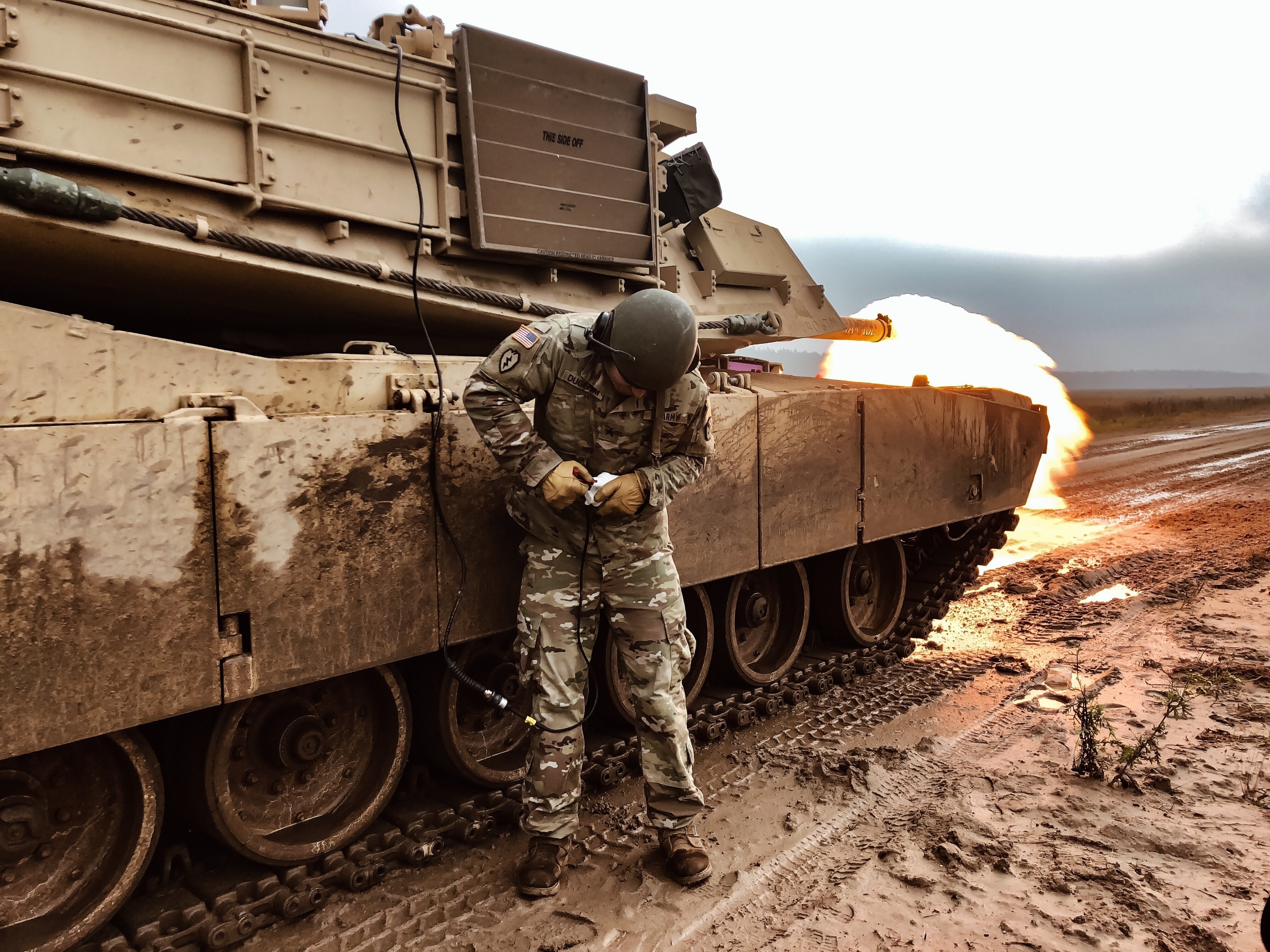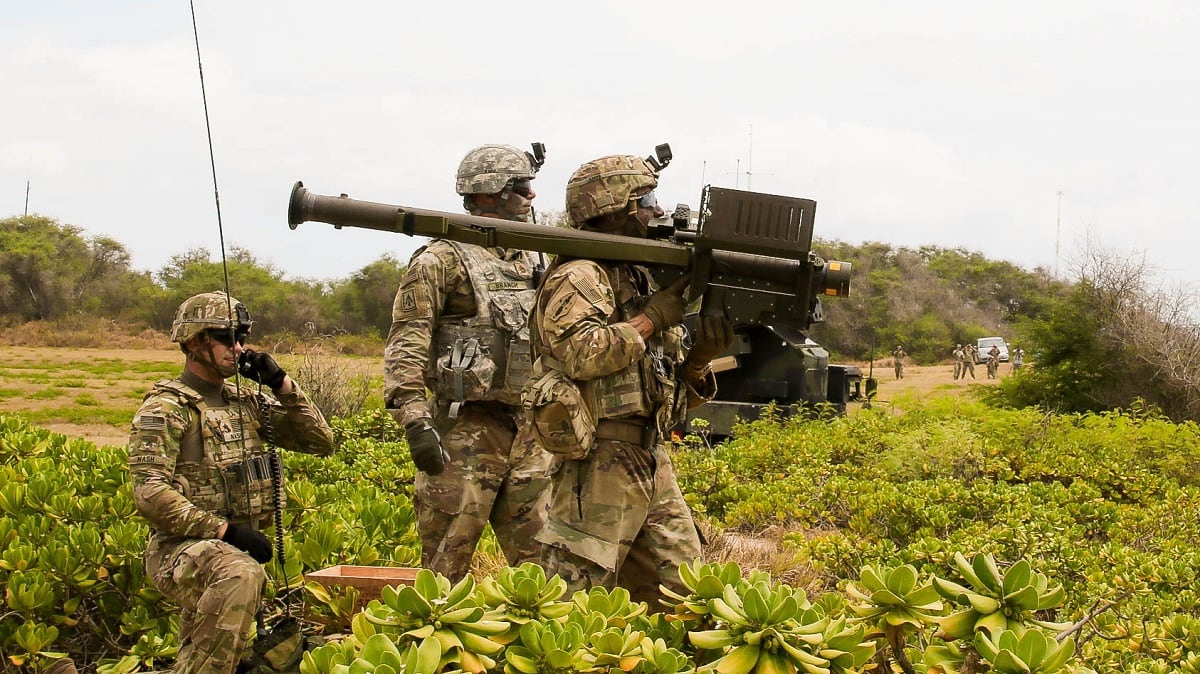Each of the past three years has seen the Army build and upgrade its newest war-fighting concept, one that leaders look to transform the service in an era of greater competition and multi-faceted threats.
That concept, while improved, will continue to evolve in the coming year as well, with more experimentation and feedback from soldiers at all levels.
The Army will fight its future battles through formations geared toward multi-domain operations and guided by real-world threats to global military superiority, according to an updated version of Army war fighting called Multi-Domain Operations 2028.
“U.S. Army in Multi-Domain Operations 2028” is both a revision to ongoing war-fighting plans and an invitation for input from across the force.
“The American way of war must evolve and adapt,” Army Chief of Staff Gen. Mark Milley wrote. “It describes how U.S. Army forces, as part of the Joint Force, will militarily compete, penetrate, dis-integrate, and exploit our adversaries in the future.”
And while it has been formed by commanders at Army Training and Doctrine Command, Army leaders know it needs more.
“Every one of you is part of our evolution and the construction of our future force,” Milley wrote, addressing soldiers, “and we want your critical feedback.”
The main task of this new battle concept is to get after “layered stand-off,” in which adversaries have created ways to deny historical U.S. dominance of domains such as air-land-sea, and new ones such as information and electromagnetic spectrums to keep U.S. and allied military units at bay.
RELATED

In the newly released document’s preface, Gen. Stephen Townsend, TRADOC commander, focused on how the Army will operate and enable the joint force in future conflicts.
“If deterrence fails, Army formations, operating as part of the Joint Force, penetrate and dis-integrate enemy anti-access and area denial systems; exploit the resulting freedom of maneuver to defeat enemy systems, formations and objectives and to achieve our own strategic objectives; and consolidate gains to force a return to competition on terms more favorable to the U.S., our allies and partners,” he wrote.
To reach those goals, the Army will need some new functions, new equipment and advanced processes to select, train and retain capable soldiers.
Some of that was evident this past summer in the Pacific, where fires soldiers found novel approaches to integrating traditionally land-focused Army assets and networks to link up with partner forces and U.S. Navy and Marine Corps teams to share information and strike ships at sea in simulated, contested environments.
The director of the Army’s Capabilities Integration Center, Brig. Gen. Mark Odom, in an Army release, highlighted key factors in the new concept’s importance.
The concept focuses on operational problems with competitors such as Russia and China, as opposed to the counterinsurgency and counterterrorism focus in recent decades. This means it returns the Army to a focus on threats rather than capabilities-based approaches, he wrote.
Todd South has written about crime, courts, government and the military for multiple publications since 2004 and was named a 2014 Pulitzer finalist for a co-written project on witness intimidation. Todd is a Marine veteran of the Iraq War.









